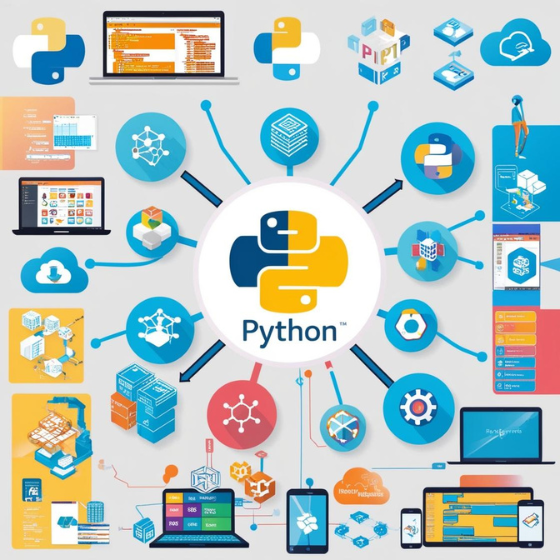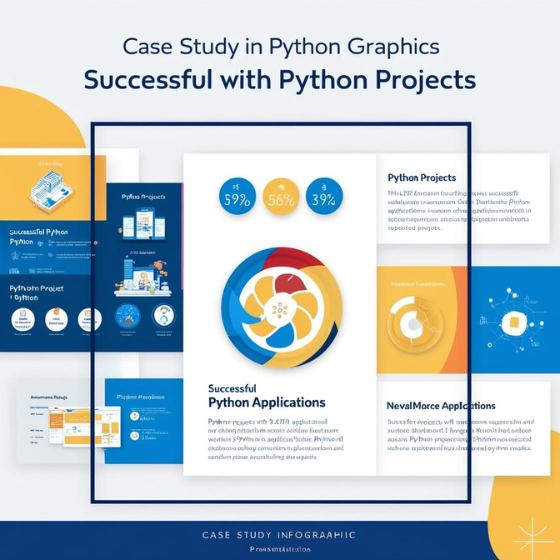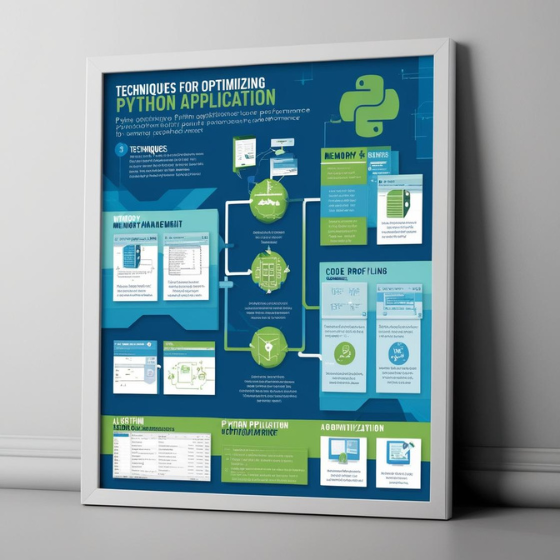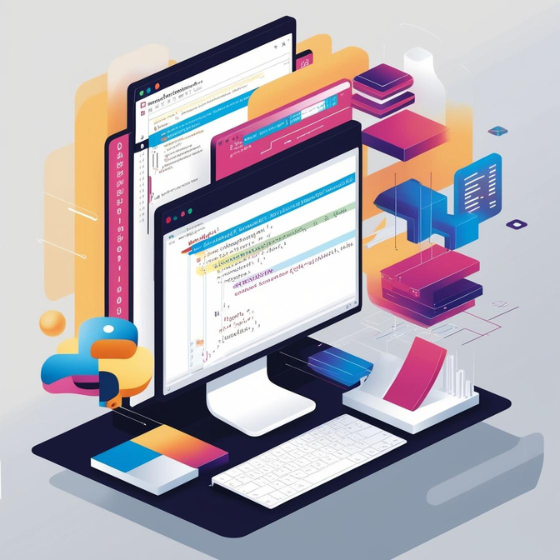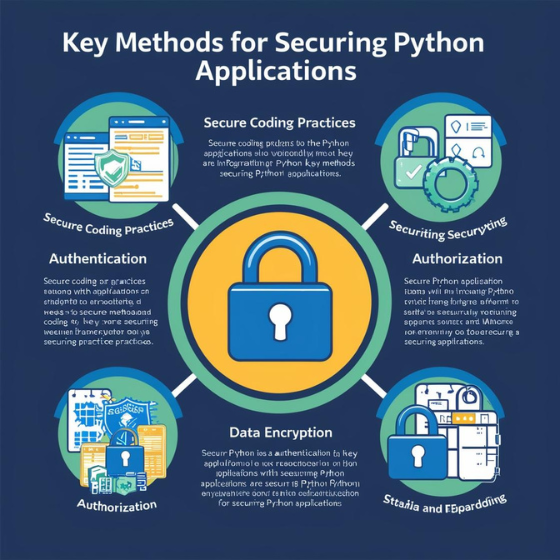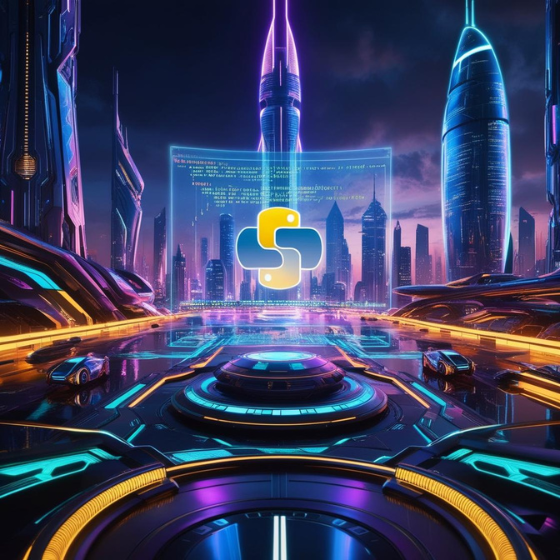How to Integrate Python with Other Technologies: Unlocking the Future of Innovation
“The future of tech lies in seamless integration.” In today’s interconnected world, no technology operates in isolation. Python, known for its versatility and simplicity, is the perfect candidate for integrating diverse technologies, enabling businesses to innovate and scale effortlessly.
This blog will explore how to integrate Python with other technologies, offering insights, practical steps, and real-world applications. Whether you’re a developer, a startup, or an enterprise, understanding Python’s integration capabilities can transform your projects and boost efficiency.
Why Choose Python for Integration?
Before diving into the “how,” let’s address the “why.” Python’s popularity isn’t just about its easy-to-learn syntax—it’s about its adaptability across various domains.
Key Reasons Python Excels at Integration:
- Extensive Libraries: Python boasts libraries like Flask, Django, and Celery for APIs, web apps, and task queues.
- Cross-Platform Compatibility: Whether it’s Linux, Windows, or macOS, Python works seamlessly across platforms.
- Robust Community Support: A vast community ensures constant innovation, updates, and problem-solving.
- Flexibility: Python can integrate with databases, front-end frameworks, IoT devices, and even legacy systems.
When you learn how to integrate Python with other technologies, you unlock its full potential to bridge gaps between disparate systems.
Integrating Python with Databases
Python’s integration with databases is critical for data-driven applications. Whether it’s relational databases like MySQL or PostgreSQL, or NoSQL databases like MongoDB, Python makes it easy to store, retrieve, and manage data.
Tools for Database Integration:
- SQLAlchemy: A powerful ORM (Object-Relational Mapper) for SQL databases.
- PyMongo: A go-to library for integrating with MongoDB.
- Django ORM: Built into the Django framework, perfect for rapid web application development.
Example Use Case:
An e-commerce application using Python for:
- Customer data storage (MySQL).
- Real-time product recommendations (MongoDB).
- Automated sales analytics (PostgreSQL).
Looking to build a database-driven application? Explore Sodio’s custom software development services to bring your vision to life.
Python Meets APIs: Connecting the Dots
APIs are the backbone of modern applications, enabling communication between different systems. Python simplifies API development and integration, making it a favorite for building scalable backend systems.
Popular Python Tools for API Integration:
- Flask-RESTful: Lightweight and perfect for building REST APIs.
- FastAPI: Known for speed and ease of use, ideal for asynchronous APIs.
- Requests Library: Simplifies sending HTTP requests to consume external APIs.
Real-World Scenario:
Imagine a logistics company using Python to:
- Fetch real-time weather data via an external API.
- Send delivery updates using SMS gateways.
- Manage fleet tracking through a custom Python API.
Want to develop seamless API integrations? Check out Sodio’s development expertise to streamline your processes.
Python for IoT and Hardware Integration
Python’s ability to work with hardware makes it a powerful tool in the Internet of Things (IoT) space. From controlling sensors to processing IoT data, Python bridges the gap between software and hardware.
Python Libraries for IoT:
- PySerial: Communicates with devices via serial ports.
- GPIO Zero: Simplifies working with Raspberry Pi hardware.
- MQTT with Paho: Enables IoT communication protocols.
Example:
A smart home system using Python to:
- Monitor temperature sensors.
- Control lighting through Raspberry Pi.
- Communicate with a central server for analytics.
Merging Python with Front-End Technologies
While Python is primarily backend-focused, its frameworks enable smooth integration with front-end technologies like React, Angular, and Vue.js.
How It Works:
- Use Flask or Django for backend services.
- Employ React or Vue.js for dynamic front-end interfaces.
- Combine them through RESTful APIs or GraphQL.
Example Project:
Building a dashboard that:
- Displays real-time analytics.
- Retrieves backend data using a Python API.
- Updates dynamically through React components.
Looking for expertise in front-end and backend integration? Sodio’s web development services have you covered.
Leveraging Python in Data Science Integrations
Python’s dominance in data science extends to its integration capabilities with technologies like Hadoop, Spark, and Tableau.
Key Tools:
- PySpark: Integrates Python with Apache Spark for big data processing.
- Tableau SDK: Enables Python to send data directly to Tableau dashboards.
- Dask: Handles parallel computing and large datasets.
Case Study:
A healthcare analytics company uses Python to:
- Process patient data with PySpark.
- Visualize results in Tableau.
- Provide real-time predictions using machine learning.
Unlock the power of data integration with Sodio’s data analytics solutions.
Challenges and Best Practices for Integration
While learning how to integrate Python with other technologies, you may encounter challenges like compatibility issues, performance bottlenecks, or debugging complexities. Here’s how to overcome them:
Common Challenges:
- Version Mismatches: Ensure libraries and tools are up-to-date.
- Performance Limitations: Optimize code and use compiled extensions like Cython if necessary.
- Security Concerns: Implement robust authentication and encryption mechanisms.
Best Practices:
- Use virtual environments to isolate dependencies.
- Write modular, reusable code.
- Monitor performance using tools like New Relic or APMs.
Conclusion: Driving Innovation Through Python Integration
Python’s ability to integrate with other technologies is its superpower, enabling businesses to create scalable, efficient, and innovative solutions. Whether it’s APIs, IoT devices, databases, or front-end frameworks, Python bridges gaps and connects systems seamlessly.
At Sodio, we specialize in building robust, integrated systems tailored to your unique needs. Contact us today to discuss how Python can transform your business.
